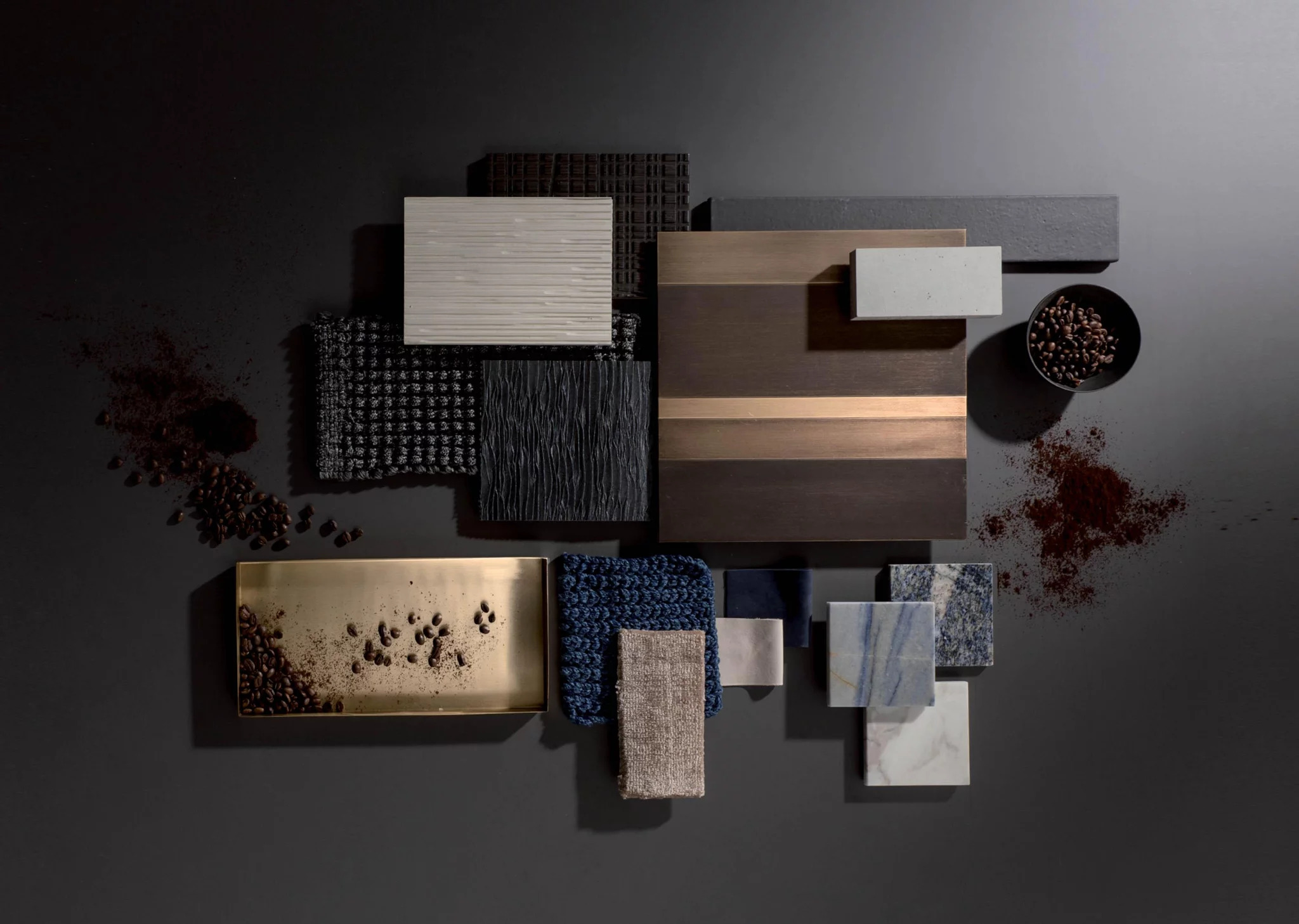Creating custom furniture is a deeply personal and exciting venture. From elegant dining tables to cozy bedroom sets, custom-made furniture allows you to transform your visions into tangible, functional pieces. One of the most critical aspects of custom furniture design is selecting the right materials. The choice of materials not only influences the aesthetics of the furniture but also its durability and environmental impact. In this article, we will explore the factors to consider when choosing materials for your custom furniture, ensuring that your creations are not only visually stunning but also crafted to last.
I. Understanding Your Vision
A. Style and Aesthetics
Consider the style you aim to achieve. Whether it’s rustic, contemporary, or vintage, different materials complement specific styles. For example, reclaimed wood suits rustic designs, while sleek metals are ideal for modern aesthetics. Understanding your vision will guide your material choices.
II. Evaluating Durability
A. Wood Types

Wood is a popular choice for custom furniture. Hardwoods like oak, walnut, and cherry are durable and resist wear over time. Softwoods like pine offer affordability but may require additional care. Examine the hardness, stability, and resistance to moisture of the chosen wood type.
B. Metal Options
Metals such as steel, brass, and aluminum are sturdy choices for structural elements. Each metal has unique properties; for instance, steel provides robust support, while brass adds a touch of elegance. Consider the metal’s strength, corrosion resistance, and weight when making your selection.
III. Considering Sustainability
A. Reclaimed and Recycled Materials
Incorporating reclaimed or recycled materials aligns with sustainable practices. Reclaimed wood from old barns or factories adds character, and recycled metal reduces environmental impact. Verify the source and authenticity of reclaimed materials to ensure they meet ethical and environmental standards.
B. Eco-Friendly Finishes
Opt for eco-friendly finishes and adhesives. Water-based and low-VOC (volatile organic compounds) finishes reduce harmful emissions, contributing to a healthier indoor environment. Choosing sustainable finishes enhances the longevity of your furniture while minimizing environmental harm.
IV. Budgetary Considerations
A. Cost-Effective Alternatives
If budget constraints are a concern, consider cost-effective alternatives. Plywood, engineered wood, and MDF (medium-density fiberboard) offer affordability without compromising quality. These materials can be veneered or laminated to achieve various looks.
V. Collaborating with Skilled Craftsmen
A. Expertise and Craftsmanship
Collaborate with skilled craftsmen who understand the unique properties of different materials. Experienced craftsmen can advise on material selection based on your design, ensuring that the chosen materials align with the envisioned aesthetics and functionality.
VI. Conclusion
Choosing the right materials for custom furniture design is a meticulous process that requires careful consideration of style, durability, sustainability, and budget. By understanding your vision, evaluating material durability, considering sustainability, and collaborating with skilled craftsmen, you can create custom furniture pieces that not only reflect your personality but also stand the test of time. With the right materials, your custom furniture designs will become cherished pieces, adding beauty and functionality to your living spaces for years to come.
FAQs about Choosing Materials for Custom Furniture Design
- Q: Can I mix different materials in one custom furniture piece? A: Yes, combining materials like wood and metal can create visually appealing contrasts. Skilled craftsmen can help seamlessly integrate different materials for a cohesive design.
- Q: What is the maintenance routine for custom furniture made from different materials? A: Maintenance varies based on materials. Wood may require periodic polishing, while metals might need occasional cleaning to prevent tarnishing. Consult the craftsmen for specific care instructions.
- Q: Are there environmentally friendly alternatives to traditional wood for custom furniture? A: Yes, bamboo and reclaimed wood are eco-friendly alternatives. Bamboo grows rapidly, and reclaimed wood repurposes existing resources, reducing the demand for new timber.
- Q: Can custom furniture be designed for outdoor use? A: Yes, custom furniture can be crafted for outdoor use. Choose materials like teak, cedar, or metals with weather-resistant coatings to ensure longevity in outdoor environments.
- Q: How long does it take to create a custom furniture piece from material selection to completion? A: The timeline varies based on complexity and materials. Simple designs might take a few weeks, while intricate pieces could take several months. Discuss the timeline with the craftsmen before starting the project.


YOUR COMMENT